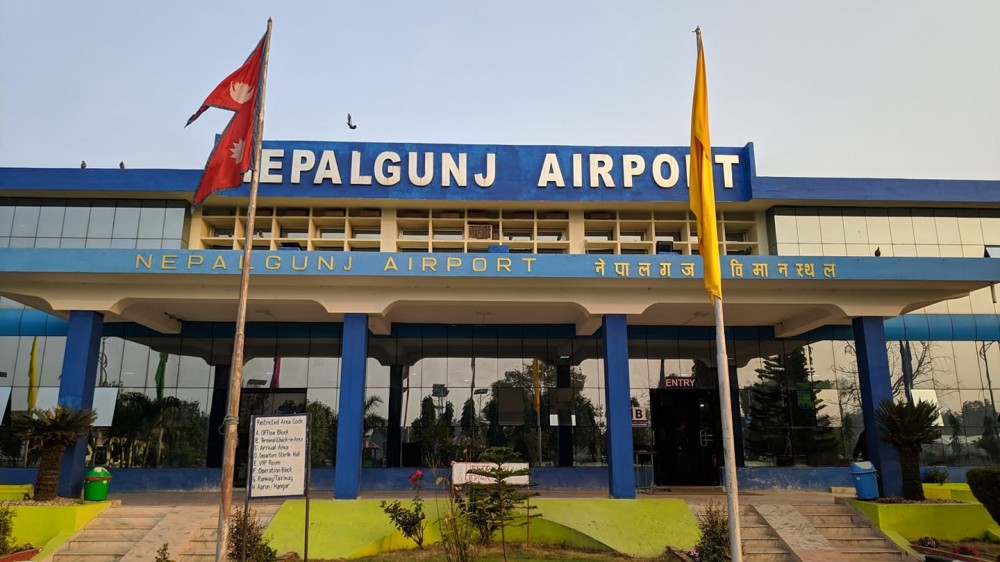Everything you need to know about Nepalgunj | Interesting things about Nepalgunj city
Nepalgunj is a city located in the Banke District of Nepal, in the southwestern part of the country. It is a major urban center and serves as a gateway to the western region of Nepal. Here's everything you need to know about Nepalgunj:
1. Location and Geography:
- Nepalgunj 150 meters (492 feet) is located in the Banke District of the Bheri Zone in the southwestern part of Nepal.
- It is situated in the Terai region, which is a flat and fertile plain in southern Nepal.
- The city is positioned close to the border with India, specifically the Uttar Pradesh state.
2. Accessibility:
- Nepalgunj is well-connected and easily accessible by various means of transportation.
- Nepalgunj Airport, also known as Mahendra Airport, is the main airport serving the city. It has regular flights to and from Kathmandu and other major cities in Nepal.
- The city is connected to India through the Nepalgunj-Rupaidiha border crossing, which allows for travel by road between the two countries.
- Additionally, Nepalgunj has a railway station that provides train services to different parts of Nepal and India.
3. Climate:
- Nepalgunj experiences a subtropical climate, characterized by hot summers and mild winters.
- Summers (March to June) can be scorching, with temperatures reaching up to 40 degrees Celsius (104 degrees Fahrenheit).
- Winters (November to February) are relatively cooler, with temperatures ranging from 10 to 25 degrees Celsius (50 to 77 degrees Fahrenheit).
- The city receives a significant amount of rainfall during the monsoon season (June to September).
4. Cultural and Ethnic Diversity:
- Nepalgunj is known for its cultural diversity, with people from various ethnic and religious backgrounds living in the city.
- The indigenous Tharu community is one of the major ethnic groups in the region. They have their own distinct language, culture, and traditions.
- Other prominent ethnic groups found in Nepalgunj include Brahmins, Chhetris, Muslims, Newars, and people from the hill and mountain regions of Nepal.
- This diverse mix of cultures and traditions contributes to the vibrant and multicultural atmosphere of the city.
5. Commercial and Economic Hub:
- Nepalgunj is a significant commercial and economic hub in the western region of Nepal.
- The city serves as a center for trade, commerce, and business activities.
- It has bustling markets, shopping centers, and business districts where various goods and commodities are bought and sold.
- Agriculture is a vital economic activity in the surrounding areas, with the production of crops such as rice, wheat, sugarcane, and fruits playing a crucial role.
- Additionally, Nepalgunj has a growing manufacturing sector, including textile industries, agro-based industries, and pharmaceutical companies.
6. Tourist Attractions:
- While Nepalgunj is primarily known as a transit point for travelers heading to other destinations, it does have a few tourist attractions worth visiting.
- Bageshwari Temple is a prominent Hindu pilgrimage site located in the heart of Nepalgunj. Devotees visit the temple during festivals, particularly Navaratri and Teej.
- Bardia National Park, situated nearby, is a renowned wildlife reserve and a major tourist attraction. It is known for its diverse flora and fauna, including Bengal tigers, one-horned rhinoceros, elephants, and various bird species.
- The Tharu Cultural Museum in Thakurdwara, just outside Nepalgunj, provides insights into the unique culture, lifestyle, and traditions of the Tharu community.
7. Accommodation and Facilities:
- Nepalgunj offers a range of accommodation options to cater to the needs of travelers.
- The city has several hotels, lodges, guesthouses, and resorts that provide comfortable lodging and amenities for both business travelers and tourists.
- Facilities such as restaurants, cafes, shopping centers, banks, hospitals, and transportation services are readily available in Nepalgunj.
- Internet access and mobile network coverage are widespread in the city, allowing visitors to stay connected.




.jpg)



